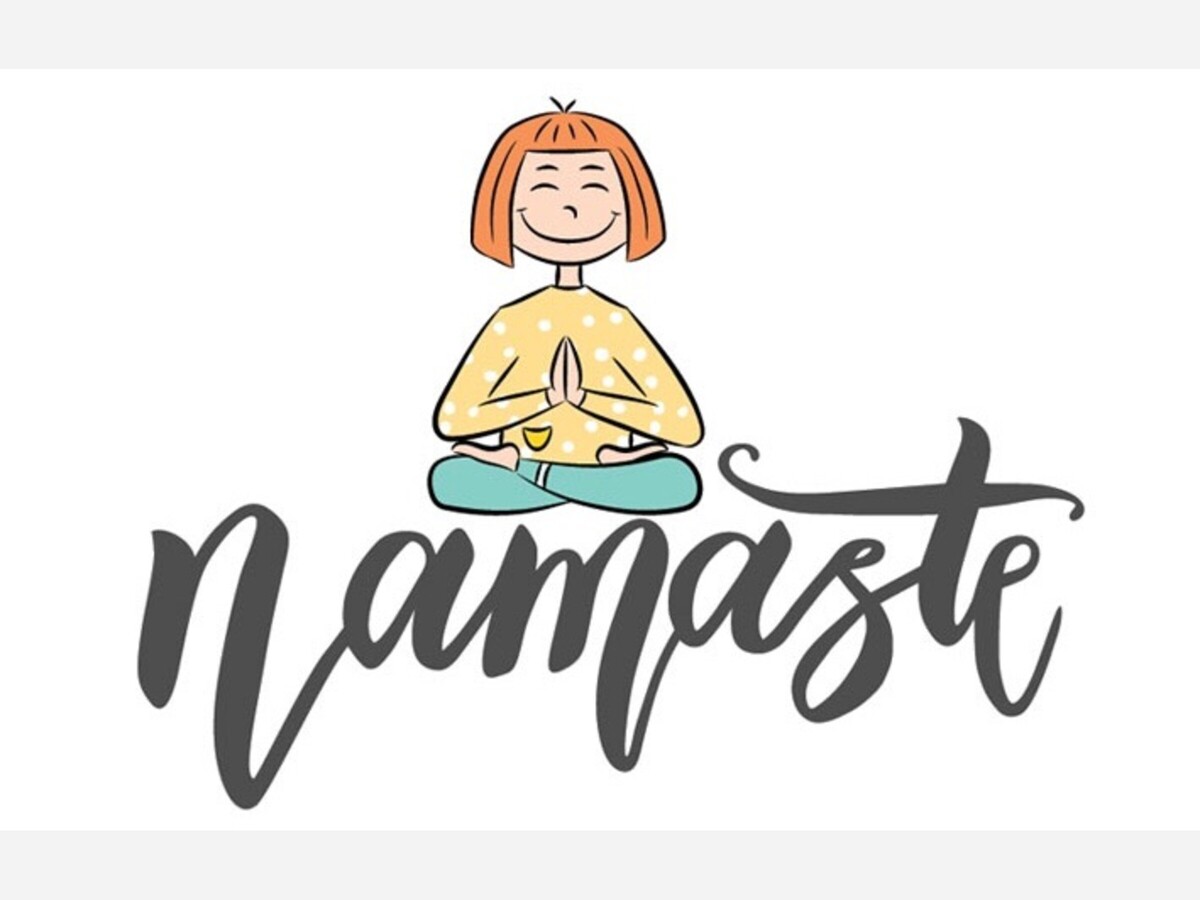Image


Japan: A slight bow (ojigi) is the norm, with depth conveying respect. Men bow with hands at sides, women with hands on thighs.
India & Nepal: "Namaste" ("I bow to you") is spoken with palms pressed together at chest level, symbolizing respect and gratitude.
Thailand: The "wai" involves placing hands together near the chest and bowing the head, with higher hand placement indicating greater respect.
Verbal Expressions and Handshakes:
France: "Bonjour" is the ubiquitous greeting, while "salut" is more informal. A firm handshake with eye contact is common.
Spain: "Hola" is the cheerful hello, with "¿Qué tal?" ("How are you?") a friendly follow-up. Handshakes are customary.
Russia: "Zdravstvuyte" is the formal hello, while "privet" is casual. Handshakes are common, but a slight nod can suffice.
Greetings Beyond Words:
Maori (New Zealand): A hongi, or pressing noses together, signifies respect and connection.
Tibet: Sticking out your tongue slightly is a gesture of greeting and respect, dating back to ancient times.
Tuvalu (Polynesia): A gentle sniffing of the hair or neck, called "felefele," is a traditional way to show affection and respect.
Greetings vary not just by country, but also by region, age, and social status.
Hierarchical Cultures: In societies with strong hierarchies, like Japan or Korea, individuals of lower status traditionally initiate greetings towards those of higher status. This shows respect and acknowledges their position.
Egalitarian Cultures: In more egalitarian societies like the US or Australia, the person who first notices the other usually initiates the greeting, regardless of status.
Formality and Language:
Honorifics: Languages like Japanese and Korean have distinct honorific speech levels used according to the social status of the person being addressed. This creates a formal and respectful tone when speaking to someone of higher standing.
Titles: In some cultures, using titles like "Sir" or "Madam" when greeting someone of higher status is expected.
Physical Gestures:
Bows: The depth and type of bow can vary depending on the social status of the individuals involved. Deeper bows often signify greater respect for someone of higher standing.
Handshakes: In some cultures, the firmness and duration of a handshake can indicate social status. A firmer, longer handshake might be used with someone of higher status.
Examples:
Thailand: When a junior greets a senior, they might wai with their hands higher and bow lower to show respect.
India: Addressing someone with respectful titles like "ji" after their name acknowledges their social standing.
Latin America: In some cultures, women might curtsy slightly when greeting someone of higher status.
Social status can be based on various factors like age, profession, or family lineage, making it even more nuanced. When unsure, it's always best to err on the side of caution and opt for a more formal and respectful greeting
Image sourced from https://www.amle.org/namaste/
